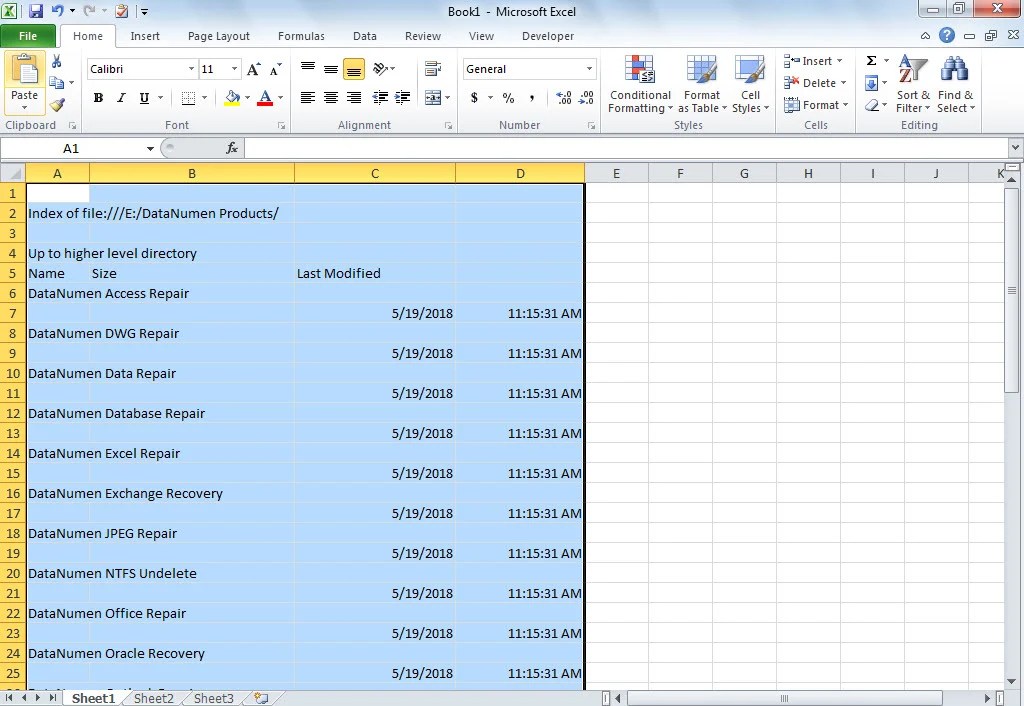3 Ways to Match Names Across Excel Sheets

Introduction to Excel Data Matching

Managing and analyzing large sets of data in Excel often involves the task of matching or comparing information across multiple sheets or workbooks. This can be crucial for tasks like data consolidation, record verification, or database cleaning. However, manually matching names or data entries across sheets can be extremely time-consuming and error-prone. Here, we explore three effective methods to match names or any data across Excel sheets to streamline your workflow.
Method 1: Using VLOOKUP for Simple Matching

VLOOKUP is one of the most straightforward functions for matching data across sheets. Here’s how you can use it:
- Identify your lookup value: This is the name or identifier you want to match.
- Set up the range: Define the array of cells in the second sheet where the matching data resides.
- Index: Specify which column in the second sheet you want the matched data from.
- Range lookup: Typically set to ‘False’ for exact matches.
The formula looks something like this:
=VLOOKUP(A2,Sheet2!A:B,2,FALSE)
Step-by-Step Guide to Using VLOOKUP

- Start in the Sheet where you want the results: Let’s say you’re in Sheet1 and want to pull data from Sheet2.
- Enter the formula: In cell B2 of Sheet1, enter the above VLOOKUP formula.
- Adjust the references: Make sure the column references match where your data is located on Sheet2.
- Drag down: Pull the formula down to apply it to other cells.
💡 Note: VLOOKUP only looks to the right, not to the left. If your data to match is to the left of the identifier, use INDEX-MATCH instead.
Method 2: Advanced Matching with INDEX and MATCH

The INDEX and MATCH functions, when used together, offer a more flexible approach to matching data across sheets. This method can look in any direction and handle multiple return values:
- Use INDEX: To return the value from a specified column.
- Combine with MATCH: To find the position of your lookup value in the array.
The formula would be:
=INDEX(Sheet2!A:B,MATCH(A2,Sheet2!A:A,0),2)
Step-by-Step Guide to Using INDEX-MATCH

- Begin in the sheet with your lookup value: In Sheet1, you’ll have the names or identifiers you want to match.
- Enter the formula: In cell B2, input the above formula.
- Adjust array size and references: Ensure the range in MATCH and array in INDEX are correctly set.
- Extend the formula: Drag the formula down the column for multiple matches.
Method 3: Using Power Query for Complex Matching

For more intricate matching tasks involving multiple sheets, criteria, or transformations, Excel’s Power Query is an excellent tool:
- Import Data: Load your data from all relevant sheets or workbooks into Power Query.
- Merge Queries: Join data from different sheets based on a common key or multiple conditions.
- Data Transformation: Clean, filter, or transform data as needed before matching.
Steps to Use Power Query for Matching

- Open Power Query Editor: From the Data tab in Excel, click on Get Data, then choose your data sources.
- Append or Merge Queries: Use Append Queries to combine data vertically or Merge Queries to join data horizontally.
- Set Match Conditions: Define how you want to match data - left, right, or full outer join.
- Transform Data: Modify the data as needed, then load back into Excel.
🔧 Note: Power Query is particularly useful for handling complex data matching and cleaning tasks that go beyond simple lookups.
The power to match, compare, and integrate data across Excel sheets is not just a productivity boost but a strategic tool in data analysis. By employing methods like VLOOKUP, INDEX-MATCH, and Power Query, you can automate what would otherwise be tedious manual tasks. Whether you need to verify records, consolidate data, or clean databases, these techniques ensure that your data remains consistent, accurate, and valuable. Understanding and utilizing these methods will significantly enhance your ability to manage and analyze data, making you proficient in Excel data matching.
What is the difference between VLOOKUP and INDEX-MATCH?

+
VLOOKUP is simpler and easier to use but looks only to the right of the lookup column. INDEX-MATCH is more flexible, allowing matches in any direction and from multiple columns, making it more powerful for complex data matching.
Can VLOOKUP handle exact and approximate matches?

+
Yes, VLOOKUP can handle both by adjusting the ‘range_lookup’ argument; use TRUE for approximate matches and FALSE for exact matches.
Is Power Query necessary for data matching in Excel?

+
Not necessarily, but Power Query is exceptionally useful for more complex scenarios involving multiple sheets, data transformations, or when dealing with large datasets that require more than basic functions like VLOOKUP or INDEX-MATCH can offer.



